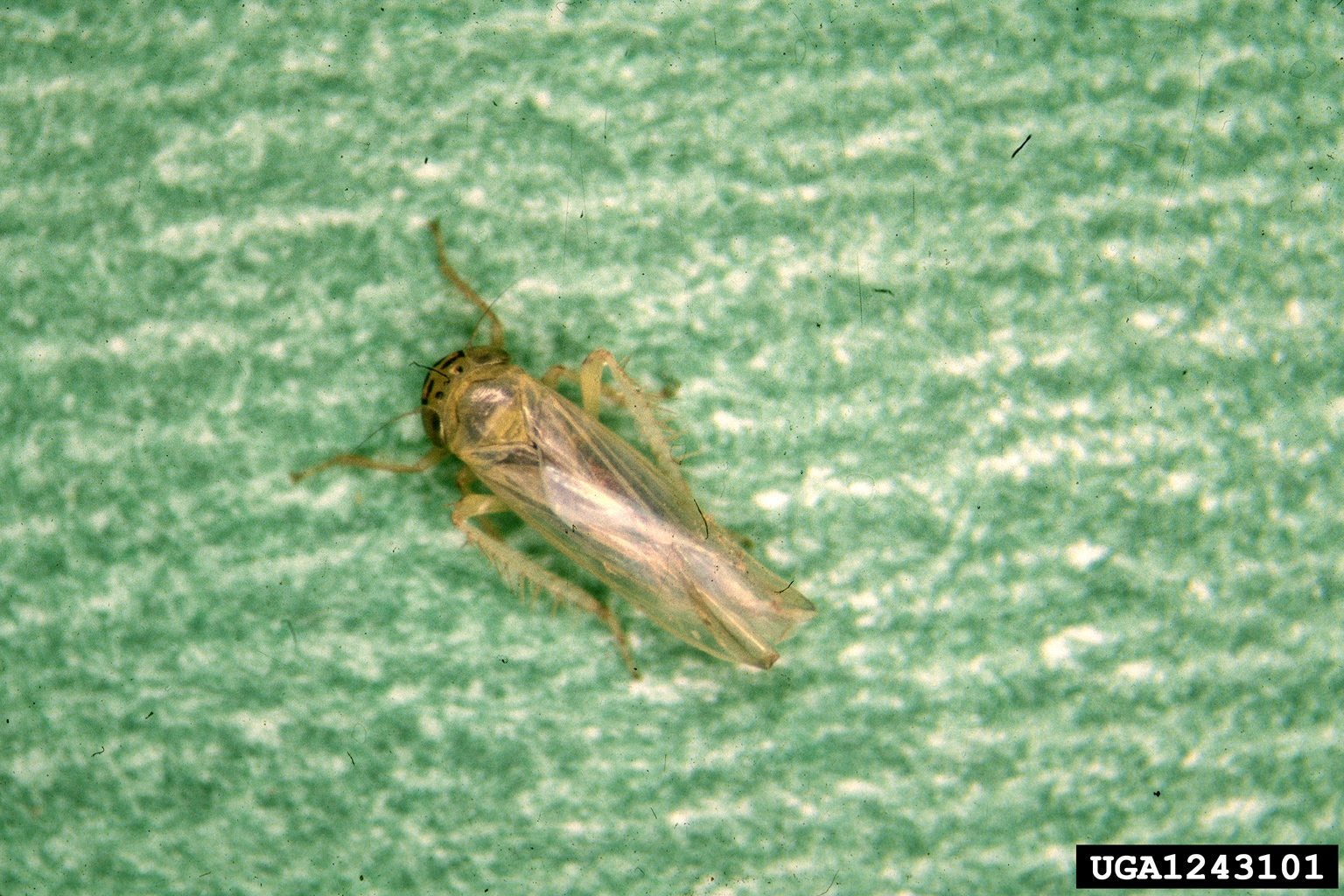Aster Plant Diseases And Pests: Managing Common Problems With Asters


Asters are tough, easy-to-grow flowers that come in a wide variety of shapes and sizes. In short, they’re the ideal plant for your flower garden. That makes it especially hard when something goes wrong with them. Keep reading to learn more about common aster pests and other difficulties, and how to deal with these aster plant problems.
Recognizing Common Problems with Asters
As plants go, asters are relatively problem free. There are, however, several common aster pests and diseases that can become a problem if left untreated. Some aster plant diseases are more superficial than anything and will not affect the plants’ health or ability to bloom. These include rust and powdery mildew. They can be treated with fungicide. Some other more serious diseases are root rot, wilt, and foot rot, all of which can result in the death of the plant. Avoid rots by planting asters only in well-draining soil. Avoid wilt by planting only resistant varieties. Botrytis blight is another disease that will kill off blossoms. This can usually be prevented by careful watering – blight tends to form where the plants are wet.
Managing Common Aster Pests
Pests can pose serious problems with asters. Spider mites and lace bugs are often a problem, and while they won't kill the plants, they will give them an unhealthy appearance. Some other common aster pests are:
A good way to avoid insects is to keep the leaves of the asters dry, and to plant them with good spacing, also taking care to clear weeds and debris – bugs tend to thrive in moist, overgrown areas. If you have a heavy infestation, apply insecticide according to the directions on the bottle.
Other Aster Plant Problems
Apart from pests and disease, asters can also suffer from too much or too little water. They prefer well-draining soil and frequent watering and will start to wilt if their roots become waterlogged or dried out. Taller varieties of aster will sometimes fall over under their own weight and need to be staked.
Sign up for the Gardening Know How newsletter today and receive a free copy of our e-book "How to Grow Delicious Tomatoes".

The only child of a horticulturist and an English teacher, Liz Baessler was destined to become a gardening editor. She has been with Gardening Know how since 2015, and a Senior Editor since 2020. She holds a BA in English from Brandeis University and an MA in English from the University of Geneva, Switzerland. After years of gardening in containers and community garden plots, she finally has a backyard of her own, which she is systematically filling with vegetables and flowers.